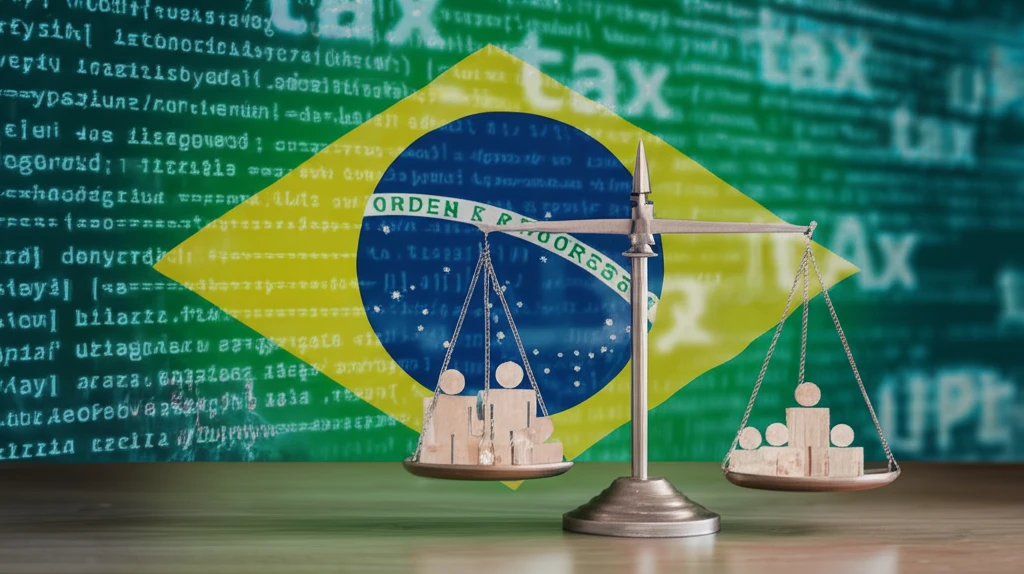
Tax Reform in Brazil: Will Proposed Changes Help or Hurt the Poor?
"A deep dive into the potential impacts of Brazil's indirect tax reforms on poverty and inequality, analyzing different proposals and their real-world implications."
Brazil is on the cusp of a major shift in its tax system. After decades of discussion, a constitutional amendment (EC 132/2023) has been enacted, stemming from Proposed Amendment 45/2019 (PEC 45/2019). This reform aims to overhaul how consumption is taxed in the country, but will these changes truly benefit all Brazilians?
The current tax system is complex, relying heavily on indirect taxes – taxes applied to goods and services. The reform seeks to simplify this by consolidating five indirect taxes (ICMS, PIS, Cofins, IPI, and ISS) into a dual Value-Added Tax (VAT). This VAT would be split between the federal government (Contribuição sobre Bens e Serviços - IBS) and the states and municipalities (Imposto sobre Bens e Serviços - IBS). Additionally, a selective tax (IS) will be introduced on goods and services deemed harmful to health and the environment.
While the initial proposal envisioned a single VAT rate across most goods and services, the approved version incorporates multiple rates, exemptions, and special tax regimes. This raises critical questions about the reform's effectiveness in reducing inequality and its potential impact on the most vulnerable populations.
Understanding the Proposed Tax Structures

The original PEC 45/2019 aimed for a unified VAT rate, excluding products with negative externalities like alcohol and tobacco. To mitigate potential regressivity (where the tax burden falls more heavily on lower-income individuals), a "cashback" system was proposed to refund taxes to low-income families.
- Reform 1: A uniform VAT rate of 25.8% applied to all goods and services without exception.
- Reform 2: A standard VAT rate of 26.7% on all goods and services, excluding tobacco and alcoholic beverages. This includes a selective tax on tobacco and alcoholic beverages, with the rate set at twice the standard VAT. It also incorporates a cashback system, refunding the total tax on goods and services (excluding tobacco and alcohol) to households with a total household expenditure below R$420 per capita per month.
- Reform 3: Aims to align with the EC 132/2023 structure. This sets a zero rate for essential food items and a standard VAT rate of 33.2%. Additionally, there's a 40% reduced rate for education, healthcare, medicine, public transportation, artistic productions, cultural events, and sports. A 70% reduced rate applies to services provided by independent professionals, and maintains the existing tax rate for financial services and health plans.
- Reform 4: Replicates Reform 3, but taxes the essential food basket at the standard rate. It uses the additional revenue to fund a fixed monetary transfer to all individuals in the population.
The Path Forward: Ensuring a Fair Tax System
Brazil's proposed tax reforms have the potential to reshape the country's economic landscape. However, careful consideration must be given to the distributional effects of these changes, particularly on low-income families. By understanding the potential impacts of different tax structures and incorporating measures to mitigate regressivity, Brazil can create a tax system that promotes both economic growth and social equity.
